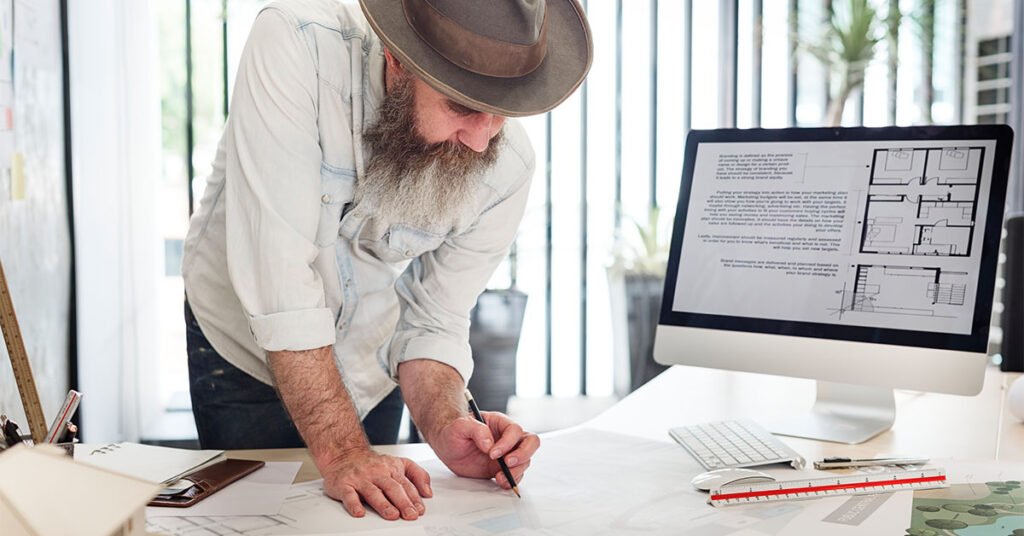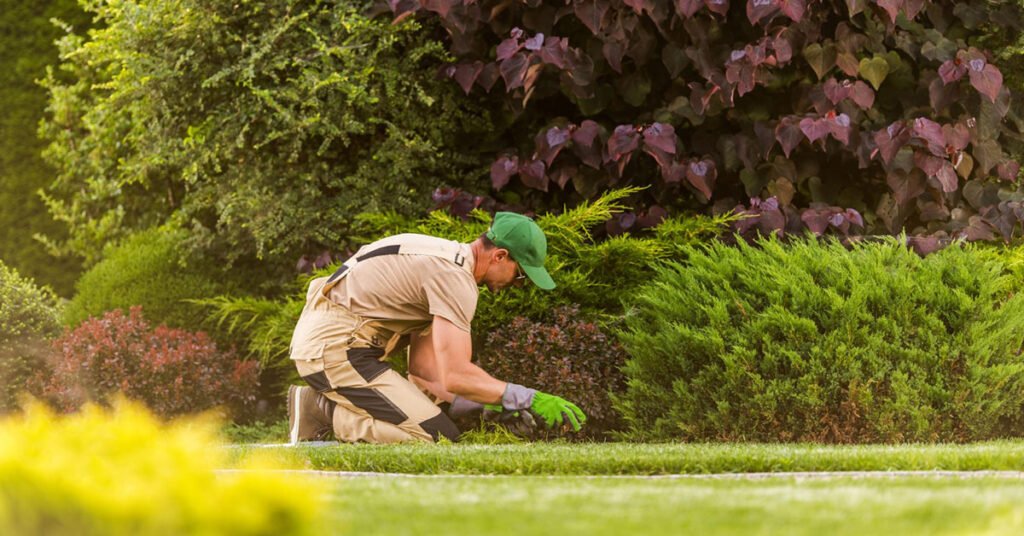Are you passionate about transforming outdoor spaces into stunning artworks? Have you always had an eye for design and a love of nature? If so, a career as a landscape designer might be the perfect fit for you. This comprehensive guide will explore how to become a landscape designer. Let’s get started.
What is the Role of a Landscape Designer?
To become a landscape designer, you must understand the job’s responsibilities. Landscape designers create functional, aesthetically pleasing outdoor spaces. A landscape designer’s responsibilities include:
Site Analysis
Landscape designers conduct detailed site analyses to understand soil quality, drainage, sunlight exposure, and topography. It informs design decisions and helps address site-specific challenges, ensuring the creation of functional and sustainable outdoor spaces.
Design Development
Landscape designers develop conceptual designs based on on-site analysis and client input, including sketches and 3D models. They integrate plants, hardscape elements, and other features to create visually appealing and functional landscapes that meet client needs and preferences.
Plant Selection
Landscape designers carefully select plant species based on size, color, texture, and maintenance requirements. They consider local climate and site conditions to ensure plantings thrive, providing year-round interest and enhancing the beauty and biodiversity of the landscape.
Hardscape Design
Landscape designers create structural components that define outdoor spaces and complement plantings by incorporating elements like pathways, patios, and water features. Hardscape design enhances functionality, visual appeal, and usability while integrating seamlessly with the natural environment.
Project Management
Landscape designers oversee the implementation of design projects, managing contractors, suppliers, and timelines. They ensure that construction adheres to design specifications, resolves issues, and maintains project budgets and schedules to deliver high-quality results on time and within budget.
Client Communication
Effective communication with clients is essential for understanding their needs, preferences, and budget constraints. Landscape designers collaborate with clients throughout the design process, presenting proposals, incorporating feedback, and providing guidance to ensure the final design reflects the client’s vision and lifestyle.
How to Become a Landscape Designer
You should follow the following step-by-step guide to become a landscape designer.
Gain Inspiration and Understanding
Before diving into landscape design, take the time to gain inspiration and develop a solid understanding of the field. Visit botanical gardens, parks, and well-designed outdoor spaces to observe different styles and techniques.
Study landscape design books, magazines, and online resources to familiarize yourself with design principles, plant selection, and site analysis.
Pursue Formal Education
While only sometimes required, pursuing a formal education in landscape design or a related field can provide you with valuable knowledge and skills. Consider enrolling in a degree program such as landscape architecture, horticulture, or environmental design.
Alternatively, you can attend workshops, seminars, and certification courses offered by professional organizations in the landscaping industry.
Gain Practical Experience
Hands-on experience is essential for honing your skills and building your portfolio as a landscape designer. Seek internships, apprenticeships, or entry-level positions at landscaping firms, nurseries, or garden centers.
It will allow you to work alongside experienced professionals, learn practical techniques, and gain insight into the day-to-day responsibilities of a landscape designer.
Develop Your Design Style
As you gain experience, take the opportunity to develop your unique design style. Experiment with different materials, textures, and plant palettes to create distinctive outdoor environments.
Consider sustainability, functionality, and client preferences when developing your designs. Your ability to offer creative and innovative solutions will set you apart in the competitive landscape design industry.
Build Your Portfolio
A strong portfolio is vital to showcasing talent and attracting potential clients or employers. Document your design projects, including sketches, renderings, and photographs of completed installations.
Highlight various projects, from residential gardens to commercial landscapes, to demonstrate your versatility and expertise. Update your portfolio regularly as you complete new projects and refine your skills.
Network and Market Yourself
Networking is crucial for expanding your professional connections and finding opportunities in the landscape design industry. Attend industry events, conferences, and trade shows to meet fellow professionals, potential clients, and suppliers.
You can showcase your work and attract clients by establishing a social media presence, professional websites, and online portfolios. You can get training, resources, and networking opportunities by joining a professional organization like the Association of Professional Landscape Designers (APLD).
Stay Updated and Continuously Improve
The field of landscape design is constantly evolving, with new trends, technologies, and techniques emerging regularly. Stay updated on the latest developments by attending workshops, conferences, and continuing education courses.
Embrace lifelong learning and continuously seek opportunities to improve your skills and expand your knowledge base. You’ll position yourself as a trusted and sought-after landscape designer by staying ahead of the curve.
Read More: How To Become A Landscaper In 2024
Conclusion
Landscape design is a rewarding career that requires dedication, creativity, and a love of the outdoors. You can have a fulfilling career in landscaping if you follow these steps and commit to continuous learning. Your work as a landscape designer can enhance lives and connect people with nature, whether you design tranquil gardens, vibrant public spaces, or sustainable landscapes.



